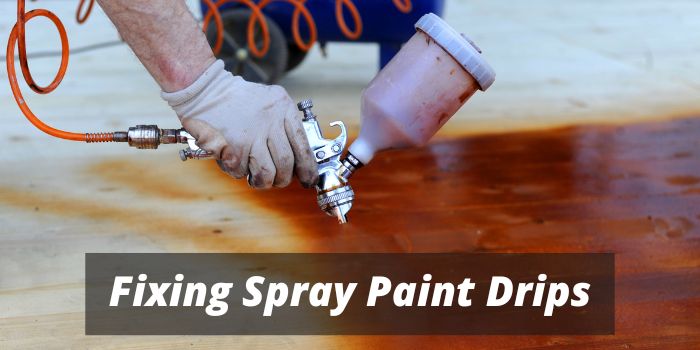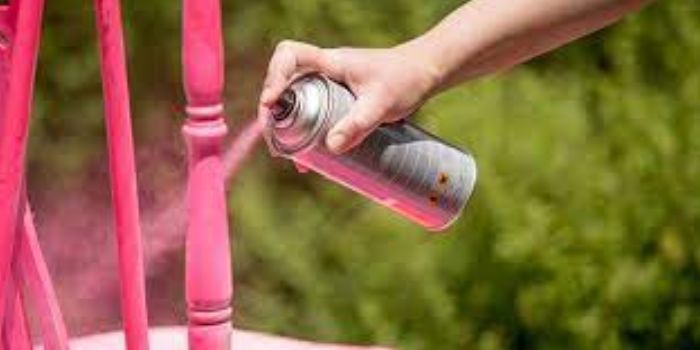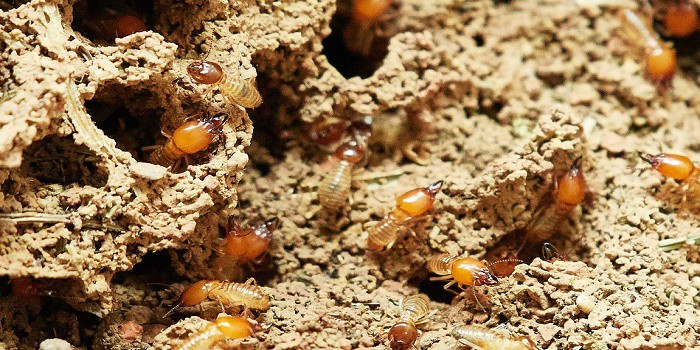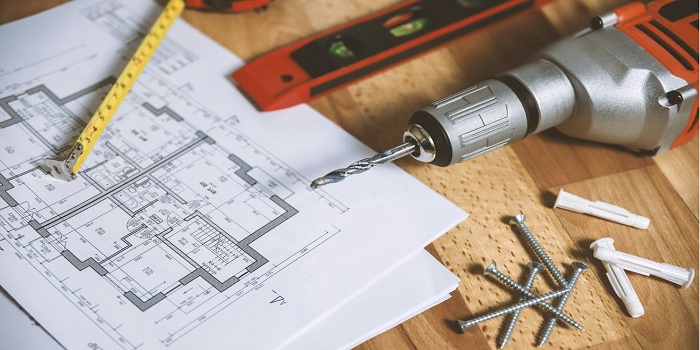
While a paint job should protect your wood surfaces from the elements and daily wear and tear, sometimes mistakes happen.
Whether you accidentally run your hand through wet paint or over-sprayed a piece of trim, discovering runs in your paint job can be frustrating.
But don’t worry—there are a few simple ways to fix them. In this blog post, I will walk you through five easy ways to fix paint runs and drips on your wood surface.
So, let’s get started.
Fixing Spray Paint Drips
A drip is a glob of paint that has partially dried on your surface, although not completely.
When left to sit, paint drips can cause the formation of bubbles, which can then pop and leave tiny crater-like holes in your paint job.
It’s critical to get rid of the drip as soon as possible because it might cause additional damage if left unchecked.
Here’s how you can deal with it…
1. Use a Wet Rag to Wipe Away the Excess Paint
If the paint is still wet, you can use a wet rag to wipe away the excess. Be sure to dampen the rag with water—don’t soak it.
Wiping too hard or using a rag that’s too wet can remove not only the paint drip but also some of the paint around it, resulting in an uneven surface.
You can also use a brush dipped into some paint thinner to remove the paint drip. But be careful not to apply too much thinner, or you might damage the wood surface.
2. Use a Putty Knife or Other Sharp Object to Scrape Away the Run
If the paint has already dried slightly, wait for the paint to dry completely, then scrape it away with a putty knife or other sharp object, such as a razor blade.
Be careful not to damage the wood surface beneath the paint and only remove the paint that’s running.
Also, if you are using a sharp razor blade on the finished wood surface, be sure to hold it at a shallow angle so that you don’t gouge or scratch the wood.
3. Use Sandpaper to Smooth Out the Area Around the Run
If you’re having trouble removing the running paint with a putty knife, you can try using sandpaper.
Start with coarse-grit sandpaper and work your way up to a finer grit until the area around the run is smooth. Then, repaint the area to even out the color.
This technique works best if the paint run is small and not too deep.
4. Use a Heat Gun or Hair Dryer to Fix the Paint Runs
Heating the drips of paint on wood will most likely shrink them and make them less noticeable by bonding the paint to the wood fibers. It’s a great option if the paint runs are small and still fresh.
To do this, hold a heat gun or hair dryer about 6 to 8 inches away from the paint drip and move it back and forth until the paint starts to shrink.
5. Use Nail Polish Remover to Fix the Dripping Paint Runs
This method is most effective on latex paint.
All you will need is to dip a cotton ball or cloth in nail polish remover and dab it on the run. The nail polish remover will start to dissolve the paint slowly.
You can then wipe away the run with a clean cloth. You may need to repeat this process a few times to remove all of the paint.
If you don’t have a nail polish remover available, you can use denatured alcohol to fix the paint runs as an alternative.

What Causes Spray Paint to Drip?
There are a few reasons why your spray paint might start to drip while you’re painting.
Here are some of them with possible fixes that will help you prevent spray paint drips from occurring in the first place.
1. The paint is too thin
If your paint is too thin, it will run when you start to paint. This can happen if you add too much water to the paint or if the paint is old and has started to separate.
Also, keep in mind that not all paints are created equal, and some are more likely to drip than others.
For example, latex-based paints are less likely to drip than oil-based paints because they have a thicker consistency.
So, if you’re looking for paint that won’t drip, choose a latex-based paint instead of an oil-based one.
To fix the problem further, mix the paint thoroughly before painting, and be sure to use fresh undiluted paint.
2. The paint is too hot
If the paint is too hot, it will start to drip when you apply it to the surface. This usually happens if you’re painting in direct sunlight or if the paint has been sitting in a hot car for a while.
To fix this problem, try painting in the shade or wait for the paint to cool down before painting.
3. You’re using too much pressure
The paint may also run away if you apply too much pressure while painting. This is because the high pressure forces the paint out of the nozzle too quickly and causes it to run down the surface.
To fix this problem, hold the can of paint about 12 to 16 inches away from the surface and use light, even strokes, while painting.
4. The nozzle is clogged
A clogged nozzle can also cause paint to run down the surface, no matter whether you are applying the paint on wood, metal, or plastic.
So, before you plan to spray paint, clean the nozzle with a paper clip or similar object to unclog it and allow the paint to flow freely.
A cleaner nozzle will also help to prevent paint from dripping and give you a smoother finish.
5. The surface is not primed
If you’re painting on bare wood or metal surface, the paint may run because there’s nothing for it to adhere to.
To fix this problem, make sure to prime the surface with a primer designed for the material you’re painting on. This will create a smooth surface for the paint to grip onto and will help prevent paint drips.
Doing a test spray on a piece of cardboard before you start painting can also help you identify any potential problems so that you can fix them before they cause runs in your paint job.
Final Thoughts
While small paint drips may not seem like a big deal, they can ruin an otherwise perfect paint job.
If you find yourself with a small paint drip, don’t panic. There are a few easy ways to fix them if they happen by mistake.
Also, with a little time and effort, you can prevent paint drips and have a smooth, even finish on your next painting project.
But do remember that if the drip is relatively big and noticeable, you might have to repaint your wood project rather than wasting time trying to fix the drip.

Hi, I am Mark Garner a professional carpenter, woodworker, and DIY painter. I live in the small city of Peoria, Arizona as a semi-retired woodworker. I have started this blog with a simple motive to help you with my wood experience in this sector. If you like to know more about what I love doing and how it all got started, you can check more about me here.




